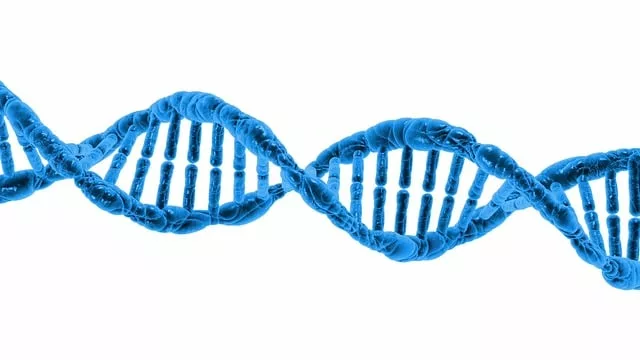Since genetic testing became accepted for the first time in the mid-1980s, it has been under scrutiny. When genetic testing was introduced to the scientific forefront, inconclusive results were more common than they are now. A recent decision on a child’s paternity was published on January 6, with genetic testing in the spotlight. The case is a classic one of science being pitted against the best interests of a child.
How Paternity Evidence Worked Before Now
Paternity evidence has evolved drastically since the mid-1980s, some forty years ago. Back then, the baby would be brought to the courtroom, where either a judge or jury would decide its paternity. This was done by looking at the baby and determining whether or not it looked like the accused father.
Forty years ago, genetic science was not accepted as a scientific standard. Before then, however, if a man behaved like the father of a child, he could contend that he was estopped from denying paternity. Likewise, while blood tests were statutorily approved in 1961, but lacked the accuracy of genetic tests today.
Proving paternity not only to the family structure but also to the child and their future. “The presence of a child’s father in their life can have a resounding influence on how they develop and what kind of person they grow up to become,” said paternity attorney Samah T. Abukhodeir of The Florida Probate & Family Law Firm. “Importantly, paternity also establishes an obligation on a biological father’s part to financially support their child.” These aspects of custody are taken into consideration in the recent January paternity case.

The Case of V.L.-P. v. S.R.D.
In the case of V.L.-P. v. S.R.D., a non-marital, off/on relationship between two litigants resulted in the birth of A.D. in October 2008. At the trial court, the mother’s testimony that the couple had sexual intercourse on Super Bowl Sunday in 2008 is credited.
There were joint obstetric visits, presence for A.D.’s birth, and a postpartum custody schedule accompanied by child support payment. However, from the child’s perspective, it seemed there was no reason for A.D. to suspect the legitimacy of her believed-to-be biological father, S.R.D. This is more so because, during the pandemic, the father assumed shared physical custody of A.D. after he lost his job.
S.R.D.’s job loss resulted in the stoppage of child support, and the mother resorted to court to secure an order. At this point, the father denies paternity and demands genetic testing. The result returned, and A.D. was listed as not genetically linked to the “putative father”. The Superior Court ruled that paternity must be known. Otherwise, it may be making a critical mistake or further perpetuating fraud. In the end, the court sided with S.R.D.
Conclusion
Genetic testing used in mandatory paternity testing may have harsh outcomes but can help further prove the legitimacy of paternity claims. Ensuring the best for a child can be difficult, with so many uncertainties at stake. Protecting your child’s best interests begins with knowing who their father is, or legally establishing yourself as their father. As genetic testing improves, revealing that uncertainty can be easier.








